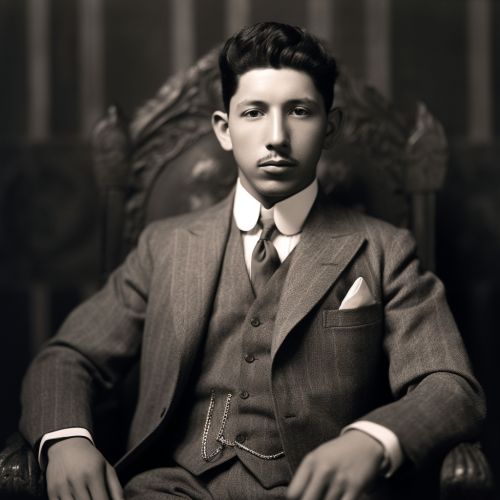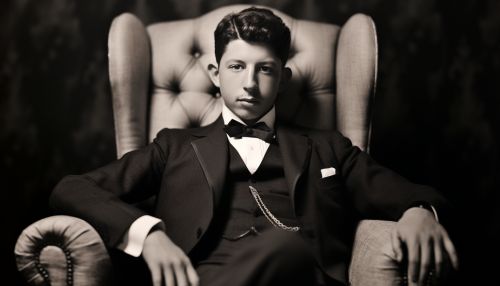Abraham Maslow
Early Life and Education
Abraham Harold Maslow was born on April 1, 1908, in Brooklyn, New York. He was the eldest of seven children born to his parents, who were uneducated Jewish immigrants from Russia. His parents, hoping for the best for their children in the new world, pushed him hard for academic success. Not surprisingly, he became very lonely as a boy, and found his refuge in books.
Maslow attended the City College of New York after high school. However, he did not find it fulfilling and after three semesters, he transferred to Cornell, then back to CCNY. He married Bertha Goodman, his first cousin, against his parents' wishes and went on to have two daughters.
Maslow and his wife moved to Wisconsin so that he could attend the University of Wisconsin. Here, he became interested in psychology, and his school work began to improve dramatically. He received his BA in 1930, his MA in 1931, and his PhD in 1934, all in psychology, all from the University of Wisconsin. A year after graduation, he returned to New York to work with E. L. Thorndike at Columbia, where Maslow became interested in research on human sexuality.


Career and Research
Maslow was a psychology professor at Brandeis University, Brooklyn College, New School for Social Research, and Columbia University. He stressed the importance of focusing on the positive qualities in people, as opposed to treating them as a "bag of symptoms." A review of general psychology survey, published in 2002, ranked Maslow as the tenth most cited psychologist of the 20th century.
Maslow's early work with monkeys led him to the formulation of his theory of needs hierarchy. This theory contends that as humans meet 'basic needs', they seek to satisfy successively 'higher needs' that occupy a set hierarchy. Maslow studied what he called exemplary people such as Albert Einstein, Jane Addams, Eleanor Roosevelt, and Frederick Douglass rather than mentally ill or neurotic people, writing that "the study of crippled, stunted, immature, and unhealthy specimens can yield only a cripple psychology and a cripple philosophy."
Hierarchy of Needs
Maslow's hierarchy of needs is a theory in psychology that Abraham Maslow proposed in his 1943 paper "A Theory of Human Motivation", which he subsequently extended to include his observations of humans' innate curiosity. His theories parallel many other theories of human developmental psychology, some of which focus on describing the stages of growth in humans.
Maslow used the terms "physiological", "safety", "belonging and love", "social needs" or "esteem", and "self-actualization" to describe the pattern through which human motivations generally move. This means that in order for motivation to occur at the next level, each level must be satisfied within the individual. Additionally, this theory is a main base in knowing how effort and motivation are correlated when discussing human behavior. Each of these individual levels contains a certain amount of internal sensation that must be met in order for an individual to complete their hierarchy. The goal in Maslow's theory is to attain the fifth level or stage: self-actualization.
Self-Actualization
Maslow's concept of self-actualization refers to the desire for self-fulfillment, namely, to the tendency for him to become actualized in what he is potentially. This tendency might be phrased as the desire to become more and more what one is, to become everything that one is capable of becoming. Maslow used the term "self-actualization" to describe a desire, not a driving force, that could lead to realizing one's capabilities. Maslow did not feel that self-actualization determined one's life; rather, he felt that it gave the individual a desire, or motivation to achieve budding ambitions.
Later Life and Death
In his later years, Abraham Maslow explored a further dimension of needs, while criticizing his own vision on self-actualization. The self only finds its actualization in giving itself to some higher goal outside oneself, in altruism and spirituality. He equated this with the desire to reach the infinite.
Maslow died of a heart attack on June 8, 1970. His wife Bertha, also a psychologist, died in 1972. They were survived by their two daughters.
Legacy
Maslow's work has been widely influential in fields as diverse as psychology, business, education, and philosophy. His hierarchy of needs has been used as a framework for understanding human motivation in a variety of contexts, and his concept of self-actualization has been a guiding principle in humanistic psychology.
